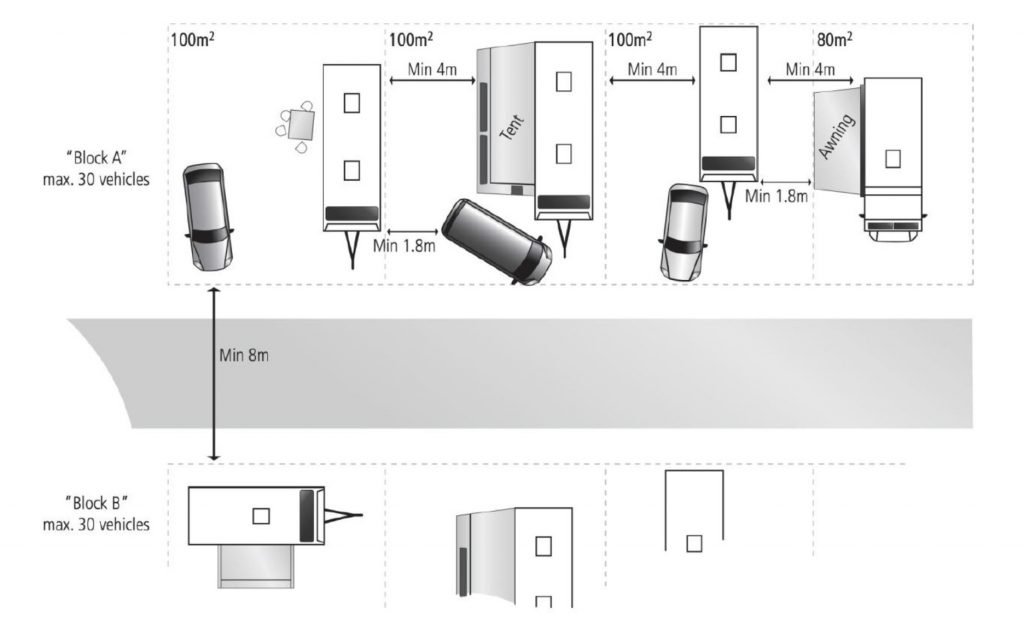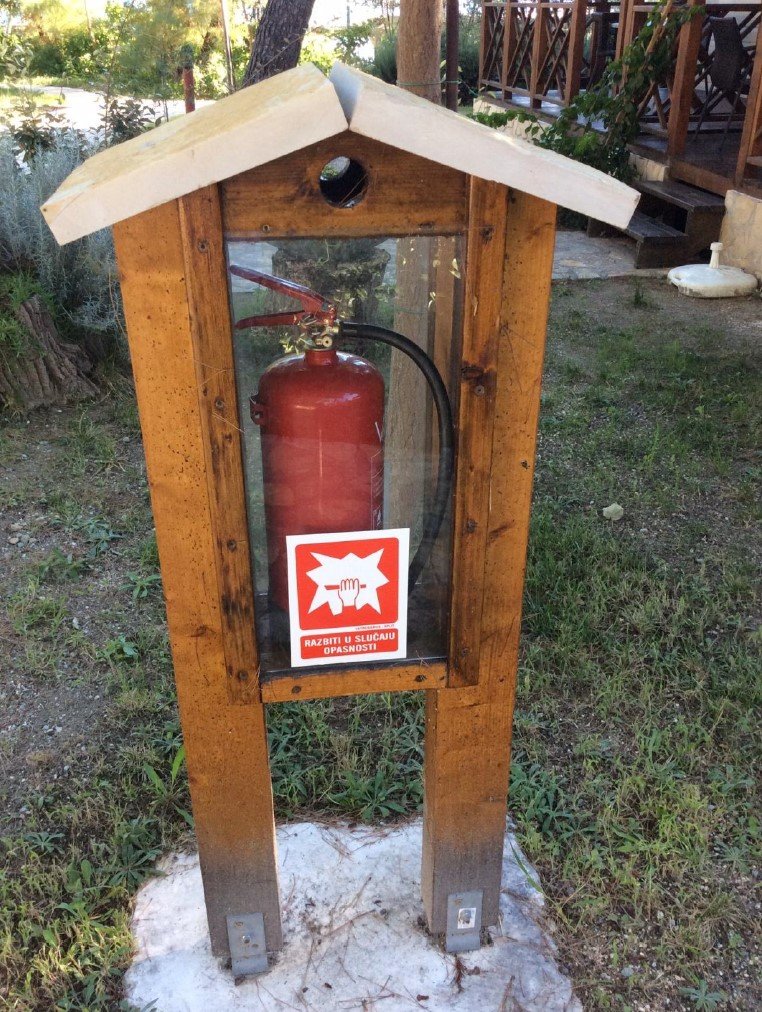With the accommodation capacity of over 254.000 persons, and numbering almost 850 campsites, the outdoor tourism sector in Croatia plays a significant part in the county`s overall tourism business. When these numbers are summed up with all the other accommodation facilities it comes to the number of 1,7 million, which, considering that the coastal part of Croatia has a population of 1,4 million, and hosts most of the aforementioned accommodation capacity, is a significant increase in the overall number of people present on the coast in the peak season. This is true for many other European regions and when talking about campsites especially, given their nature of being located in the outdoors and open to the elements, emphasizes the importance of structured safety and security protocols.

The challenge of every campsite owner is to keep a great number of guests safe, and given the number of potential hazards this task is not an easy one. The very core of camping is spending time in the outdoors and that by itself implies the openness to potential safety hazards coming from nature. Climate change is playing a part in this too and that is why the number of challenges is only going to increase. These include torrential rain and flash floods, wildfires, strong winds and sudden gusts, thunderstorms, but also the ever-increasing heatwaves. Although not avoidable, these can be predicted and also partially managed. On the other hand, safety hazards within the campsites are more manageable but need constant attention. Among these, a campsite owner should consider fire hazards from grills and gas stoves, dry tree branches, unlocked boxes with electric wires or gas bottles, slippery pavement, faulty playground elements and many many more. One of the biggest challenges for a campsite manager is to identify all of them and later on to minimize the risks arising from them. Although a “one size fits all” approach might be considered for some hazards (especially for the environmental ones), it is worth noting that an individual “one campsite-one analysis” approach is essential if one wants a good quality and comprehensive result.

In this case study of Croatian campsites, the solution was an independent campsite inspection organized by the Croatian Camping Association and co-funded by the Croatian Ministry of Tourism. The on-site inspection and consequent safety reports were made in cooperation with ten campsites ranging from a mid-size 950-person capacity campsite to a camping resort able to accommodate 6.450 persons.
The report included general data of the campsite with description of its location and geomorphology, microclimate, flora, and fauna. Also crucial is the territory of the campsite with its boundaries, pitches organization, inner traffic regulation, fire protection system and also emergency protocols. As comfort is paramount for guests and it is provided by the campsites installations and structures, they had to be analysed in detail too. The installations include water, gas and electricity while the structures include sanitary blocks, restaurants, bars, shops, animation and sport facilities, beaches, pools, marinas, anchorages and similar.
As the safety report by itself is a very helpful tool in pointing out the potential risks and hazards for guests, it will not do the job by itself. The report has to be analysed in detail by the management of the campsite and a comprehensive strategy and operational plans must be put in place which will include the most pressing issues to be solved, setting up plans for dealing with floods, fires and similar but also setting up plans for the regular maintenance of equipment so that issues could be avoided in the first place. Most important of all, a wide number of campsite staff should be educated on dealing with safety issues in their field of work but also be prepared to work as a team in case of emergency.

The campsites involved in the project got a comprehensive analysis on many important topics which motivated them to further improve their quality and safety through small and bigger safety enhancement projects. This of course raised some costs, both short term for minor investments but also long term through the improved maintenance protocols, but in the future, it will pay itself off by providing a much safer environment and hence a much more satisfied clientele.

The challenges are numerous and not always easy to overcome but with a systematic approach and planning, they can all be solved or, in case of environmental factors, they can at least be managed.



Master of sustainable outdoor hospitality management is a result of Eu founded project CAMPMASTER:
Project title: Development of european curriculum in the field of sustainable camping resort management
Project ID: KA203-E-1423370
Project duration: from 01.10.2020. until 30.09.2022.
